You will need:
- Coloured pens, or a coloured printer.
- Paper
- Pencil
- Cardboard
- Glue
- Wooden skewer
- Sticky tape
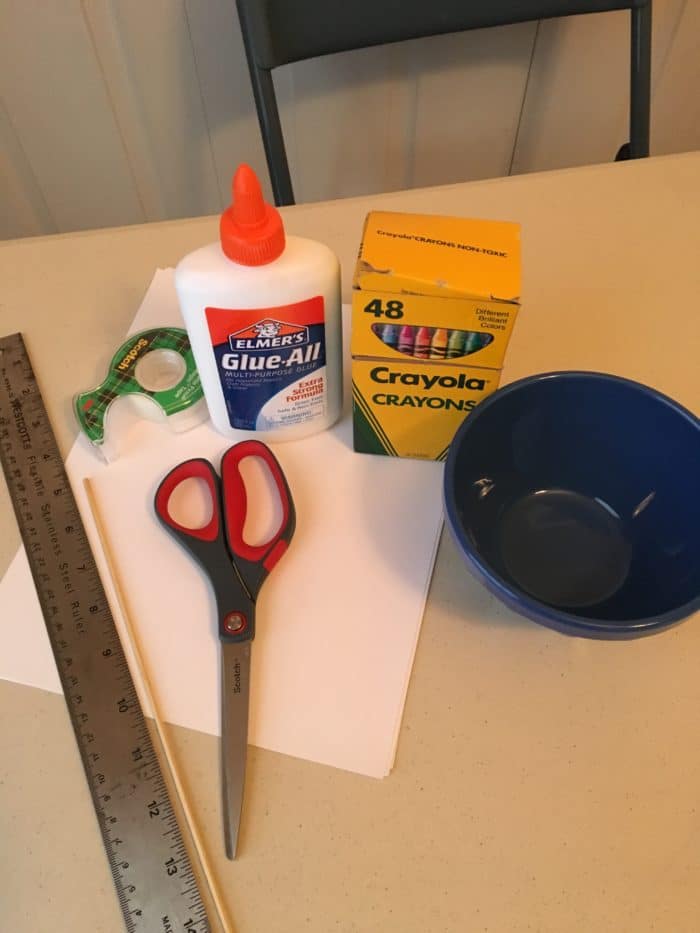
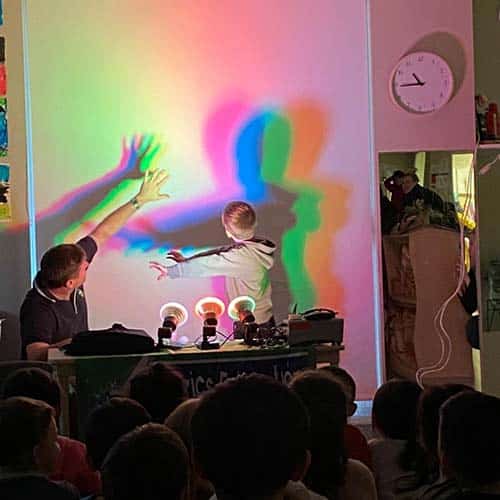
School science visits since 2004!
– Curriculum-linked & award-winning incursions.
– Over 40 primary & high school programs to choose from.
– Designed by experienced educators.
– Over 2 million students reached.
– Face to face incursions & online programs available.
– Early learning centre visits too!
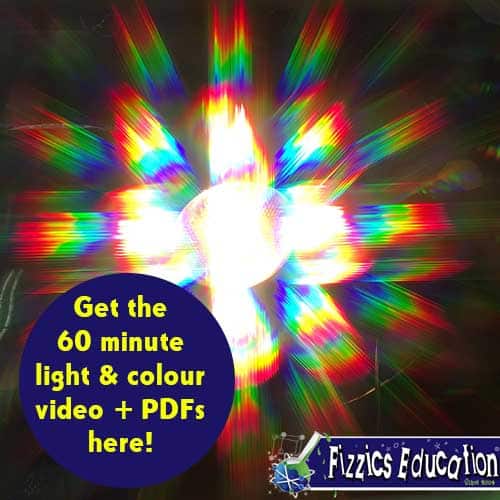
Get the Unit of Work on Light & Colour here!
- What is colour addition vs subtraction?
- What is opacity, translucence & transparency?
- What is the difference between refraction & reflection?
- Explore UV light, lenses, thermochromism and more!
Includes cross-curricular teaching ideas, student quizzes, a sample marking rubric, scope & sequences & more
Why Does This Happen?
White light is comprised of all the colours of the visible spectrum.
i.e. red, orange, yellow, green, blue, indigo and violet… as well as the shades in between.
Spinning the disc mixed all the different wavelengths of coloured light together, creating white light. The faster you move the disc, the more white light you see. This process is called colour addition.
Colour subtraction occurs when substances that absorb light, such as paint, are mixed together. Mixing coloured paint eventually produces black paint, whereby all visible light is absorbed.
Variables to test
- Try mixing the colour order on the wheel. Does this make a difference?
- Remove some of the colours on the wheel.
- What happens if you try this with a coloured light lighting up the wheel?
From image formation to rainbow science, we’ve got your unit on light covered!
Get in touch with FizzicsEd to find out how we can work with your class.
Light & Colour
Years 1 to 6
Maximum 30 students
Workshop or Show (NSW & VIC)
60 or 90 minutes
Online Class Available
STEM Full Day Accelerator - Primary
Designed from real classroom experiences, this modular day helps you create consistently effective science learning that directly address the new curriculum with easily accessible and cost-effective materials.
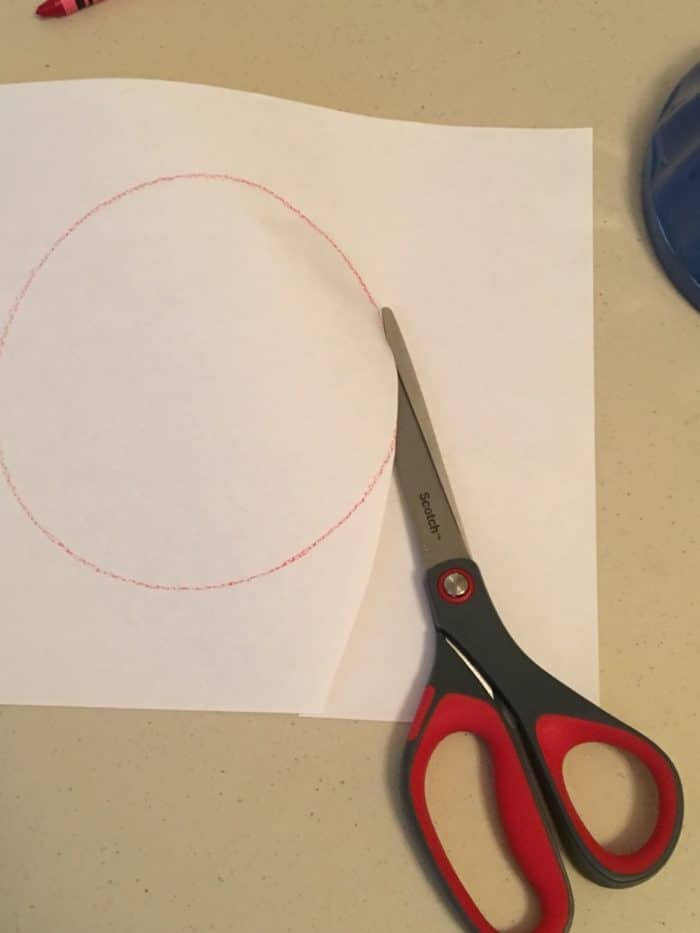


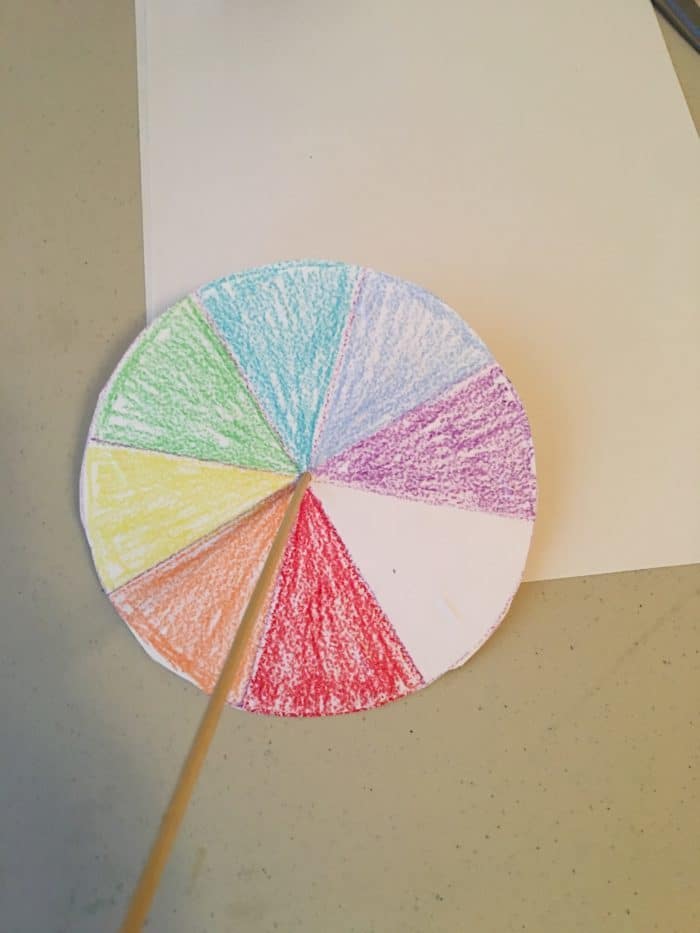
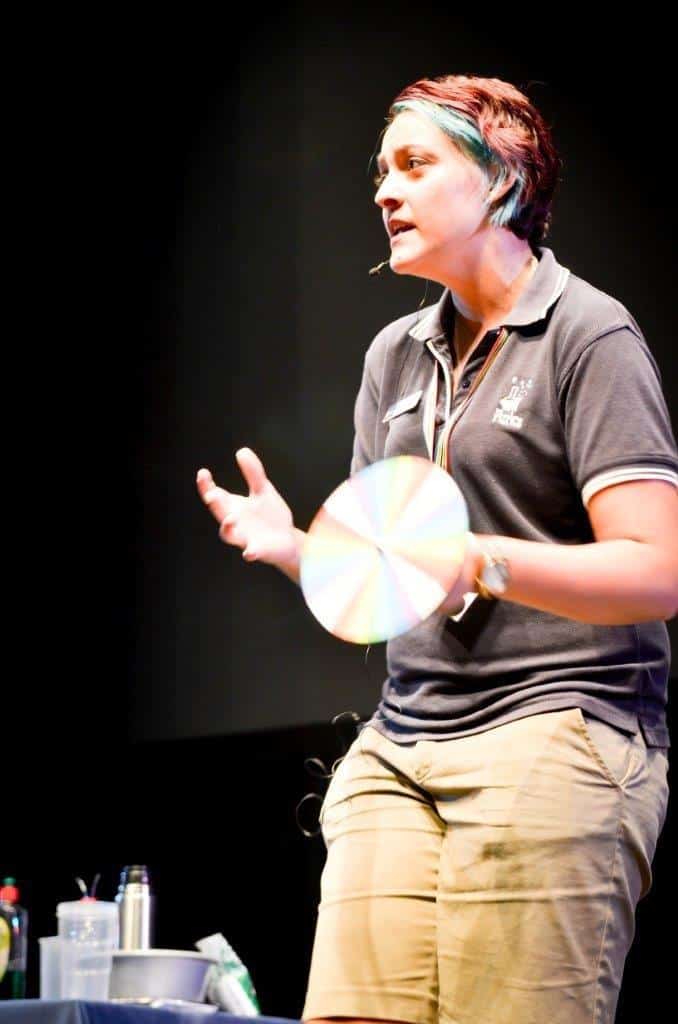
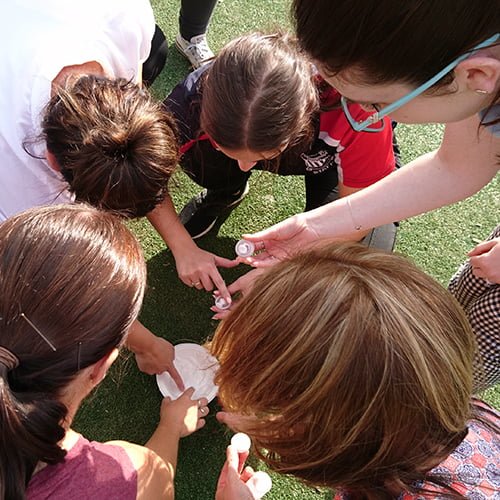


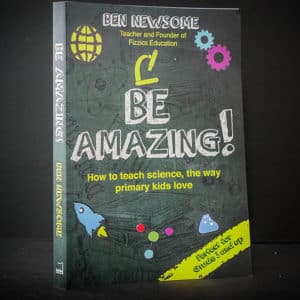






















How to measure how far a light goes for students
Hi Sarah!
This is a tricky one, as light travels across our Universe. However, light does reduce in intensity due to the inverse-square law, whereby the light intensity is inversely proportional to the square of the distance from the source (i.e. it reduces very quickly!). Perhaps try using a light meter using your phone (or from an electronics store)… you could place this at the end of different length tubes from a light source and you could measure this effect. Good luck!
My teacher said light traveled in straight lines but then what is refraction if light doesn’t bend
Great question Becky!
This is all about the angle at which the light is travelling when it reaches the edge of another medium (eg, moving from water into air). A way to think about this is to try a quick activity with your friends;
1st steps of the activity
– Put a tape along the ground
– Stand shoulder to shoulder with three friends
– Someone gives you a broomstick for you all to hold together
– March together at the same pace towards the tape on the ground
… Whoever reaches the tape line first has to make a turn
What happens next?
… If you all reach the tape line at the same time, no-one has to turn and you all keep walking in a straight line
… If one of your friends gets to the tape line first, they have to make a turn and the others follow closely behind in the same direction (notice the last person has to walk fast to catch up?). The group is now travelling together at a different angle.
What has this got to do with light?
The reason light can bend is due to changes in density and the angle that light reaches the new material.
More dense materials slow light down whilst less dense materials allow light to travel faster.
– If there is no different in the angle that light is travelling compared to the edge of the material, the light continues in a straight line with just a change in speed.
– If there is a difference in angle, the light will bend towards the more dense substance.
Have a look at this link from Khan Academy which has a few more analogies & pictures to help you. Also, check out this science activity on refraction which will help you too!
Thanks for your question!
great